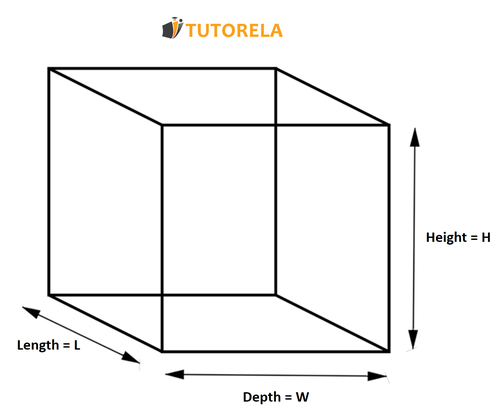To solve this problem, we'll calculate the volume of the cuboid using the given dimensions:
- Step 1: Identify the dimensions
- Step 2: Apply the volume formula for a cuboid
- Step 3: Calculate the volume
Let's work through these steps:
Step 1: From the diagram, we are informed of two dimensions directly: the width w=5 and the height h=4. The diagram also indicates the horizontal length (along the base) is l=9.
Step 2: To find the volume of the cuboid, we use the formula:
Volume=length×width×height.
Step 3: Substituting the identified dimensions into the formula, we have:
Volume=9×5×4.
Calculating this, we find:
9×5=45,
45×4=180.
Therefore, the volume of the cuboid is 180 cubic units.
This corresponds to choice \#4: 180.
